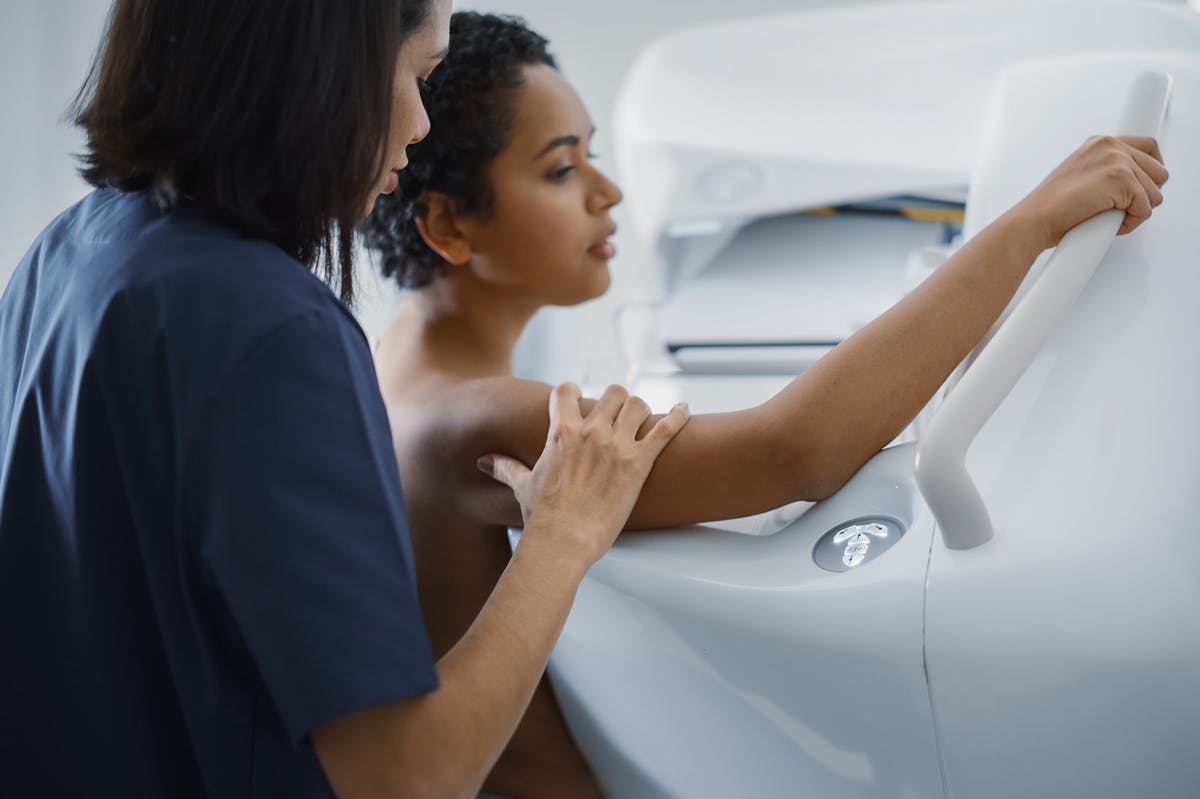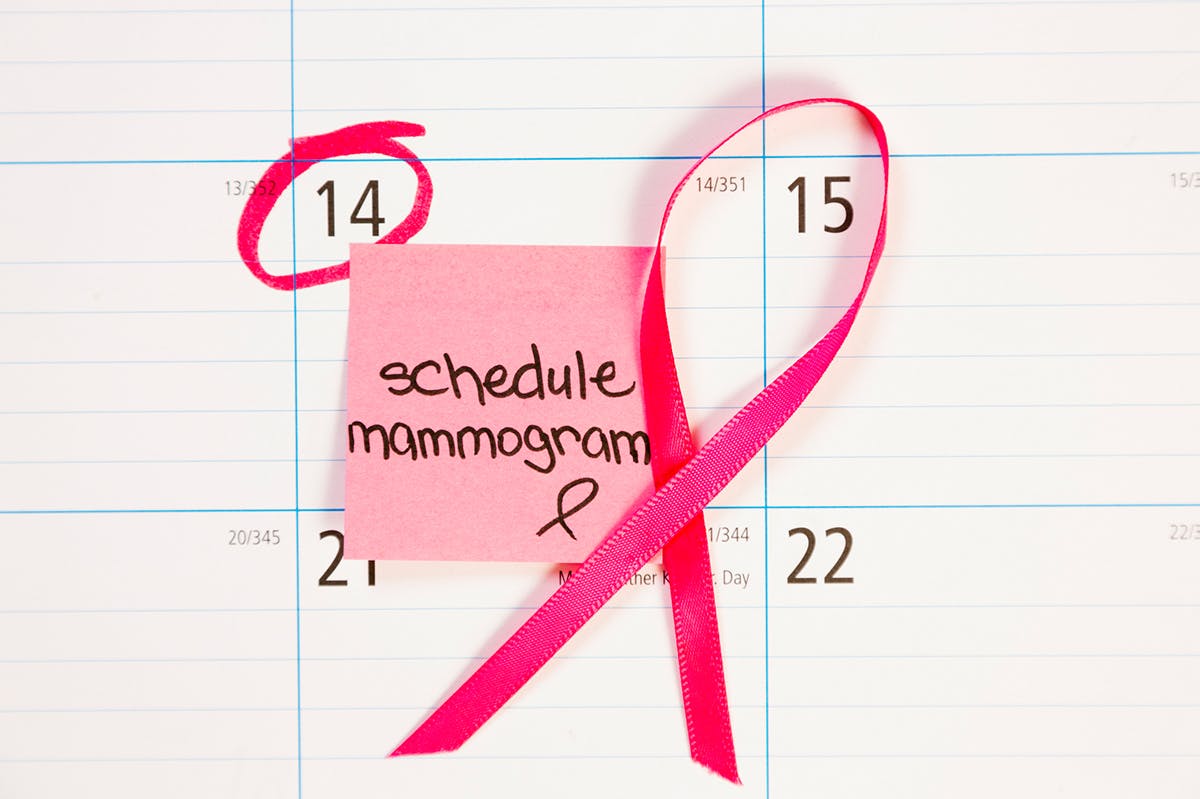Get Ready for Your First Mammogram

What to Expect During Your First Mammogram
You've just turned the big 4-0 and have your first mammogram coming up soon. You might have heard lots of whispers and rumors about what goes on during a mammogram screening. While you understand it's an important screening process, you're feeling a little nervous about what to expect when you walk into the imaging center.
A bit of nervousness is to be expected whenever you do something for the first time. But learning as much as you can about mammograms and knowing what you can do to prepare will help make the process go as smoothly as possible.
When to Schedule Your First Mammogram
You should schedule your first mammogram sometime between the age of 40 and 50. If you're not sure whether you should set up your screening soon after you turn 40 or wait until you're closer to age 50, talk to your family doctor. They can recommend the right age to start screening.
When you're ready to set up your mammogram, consider where you are in your menstrual cycle when picking a date. If you tend to have sore or tender breasts around your period, try to schedule the imaging during the first two weeks of your cycle, to minimize discomfort.
Also, you may want to schedule the mammogram for first thing in the morning, as some imaging centers ask you to skip wearing lotion, deodorant, and perfume.
What to Wear to Your Mammogram
You'll be asked to remove your shirt and bra during the mammogram. To improve your comfort, wear a two-piece outfit, such as pants and a shirt or a skirt and shirt rather than a dress or jumpsuit.
You'll be given a short gown to wear during the screening.
Many imaging centers ask you to avoid wearing lotions, deodorant, or perfume to the mammogram, as they can interfere with the imaging or distort results. If you're not sure if a skincare product is okay to wear, ask when you schedule your appointment.
It's a good idea to wear comfortable shoes for your mammogram screening, as you'll be standing during it. You may also have to move or lean forward during the imaging, so it's important to be well-balanced and steady on your feet.

What Happens During the Mammogram
After you've arrived at the imaging center and have checked in, you'll be led into a private room for the mammogram. It'll be just you and the technologist in the room.
The technologist will show you to the imaging machine and ask you to stand in front of it. They'll position one of your breasts on the plate and will set another imaging plate on top of it. There will be some pressure on the breast at this stage.
They'll repeat the process, compressing the breast side to side. Then, they'll repeat the procedure on the second breast.
The process takes about 20 to 30 minutes, but don't worry, your breasts won't be under pressure the entire time. Usually, the breasts are compressed for about 20 seconds for each set of images.
Some women do experience discomfort during the imaging. If the pain is unbearable, you can ask the technologist to reduce the pressure somewhat. Taking deep breaths and trying to relax can also help reduce any feelings of discomfort.
When to Expect Results After Your Mammogram
If your mammogram is a basic screening mammogram, a radiologist will read your results and send a report to your physician, usually within 48 hours.
Your physician will then notify you of the results. If you don't hear from your doctor after about a week, call them to follow up. You may also be able to view your results online, through your provider's patient portal.
Don't panic if you have an abnormal mammogram result, especially after your first screening. Findings that look suspicious are often just due to dense breast tissue or poor image quality. Your physician will recommend additional screening, an ultrasound, or a breast biopsy if necessary.
Once you've had your first mammogram, expect to set up screenings annually or biannually until age 74.1 Based on your risk factors and results, your physician will let you know if they recommend mammograms every year or every other year.
Sponsored by
Sources:
1. Women's Preventive Services Guidelines, Health Resources and Services Administration, https://www.hrsa.gov/womens-guidelines


